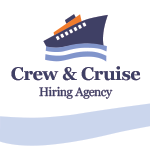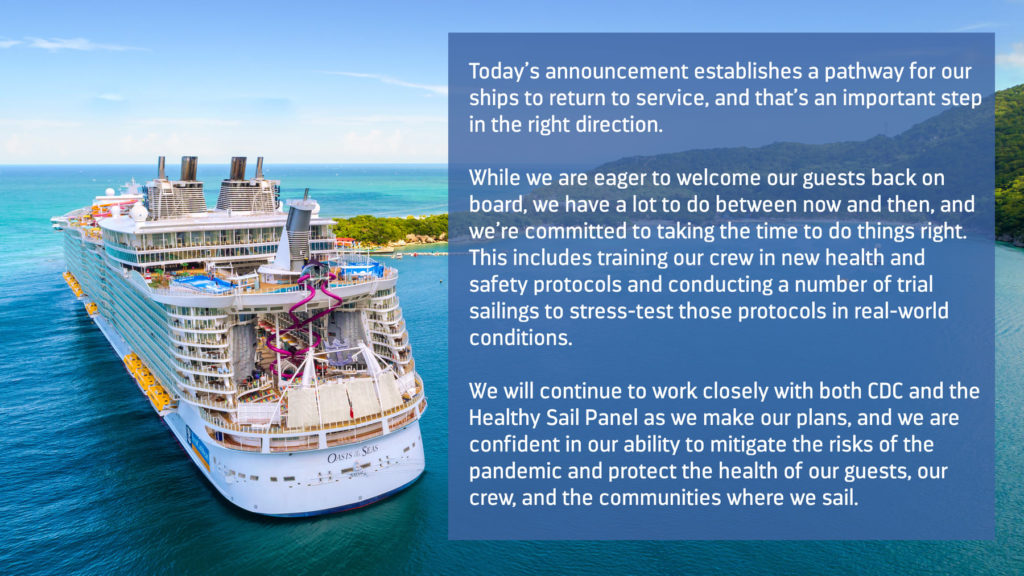The U.S. Centers for Disease Control (CDC) announced it will begin allowing cruise ships to restart cruises. The CDC announced following the expiration of the No Sail order on October 31, the agency will take a “phased approach to resuming cruise ship operations in U.S. waters.” . This means that cruise ships will not be able to sail again immediately. In fact, the Conditional Sail order is less of an open invitation to restart cruises as it is an opportunity for the cruise industry to prove it can operate safely.
The CDC’s Framework For Conditional Sailing Order is a 40-page document detailing the phased-in approach and return to service for the cruise industry in the United States.
The announcement establishes a pathway for the ships to return to service, and that’s an important step in the right direction:
While we are eager to welcome our guests back on board, we have a lot to do between now and then, and we’re committed to taking the time to do things right. This includes training our crew in new health and safety protocols and conducting a number of trial sailings to stress-test those protocols in real-world conditions.
Royal Caribbean Group
We will continue to work closely with both CDC and the Healthy Sail Panel as we make our plans, and we are confident in our ability to mitigate the risks of the pandemic and protect the health of our guests, our crew, and the communities where we sail.
Royal Caribbean Group
The CDC’s Framework For Conditional Sailing Order is a 40-page document detailing the phased-in approach and return to service for the cruise industry in the United States:
Key Takeaways
- Cruise lines will need to apply for a COVID-19 Conditional Sailing Certificate from the CDC that is based on new health and safety protocols to mitigate the risks of COVID-19. The CDC can approve or deny any permit application, and also revoke it later.
- Cruise operators will also need to run a series of simulated voyages prior to re-entering service. Simulated voyages will mimic a normal cruise experience and also include drills for potential outbreaks and positive COVID-19 cases aboard.
3. Cruise lines will need a host of new procedures, significant testing capability and response plans to deal with any possible scenario.
4.The CDC will reserve the right to determine passenger and crew capacity, itineraries, ports of call, onboard activities and just about everything else.
5.Cruises from the U.S. can be no longer than seven days. The CDC reserves the right to shorten cruises.
6. Cruise lines must screen passengers and crew before they embark. Crew will be tested on a weekly basis going forward.
7. Ships must conduct “laboratory testing” of all passengers and crew on embarkation and disembarkation in line with CDC guidelines.
8. Ships must maintain standards for hand washing, face covering, social distancing and other COVID-19 prevention matters, per the CDC guidelines.
9.Cruise operators must modify meal and entertainment services to maintain social distancing.
10.In the event of a positive case, cruise lines must disembark and transport guests and crew using non-commercial transportation.
Read more: What does the Conditional Sailing Order mean for cruises to restart?
Read the complete document: CDC Conditional Sail Order

